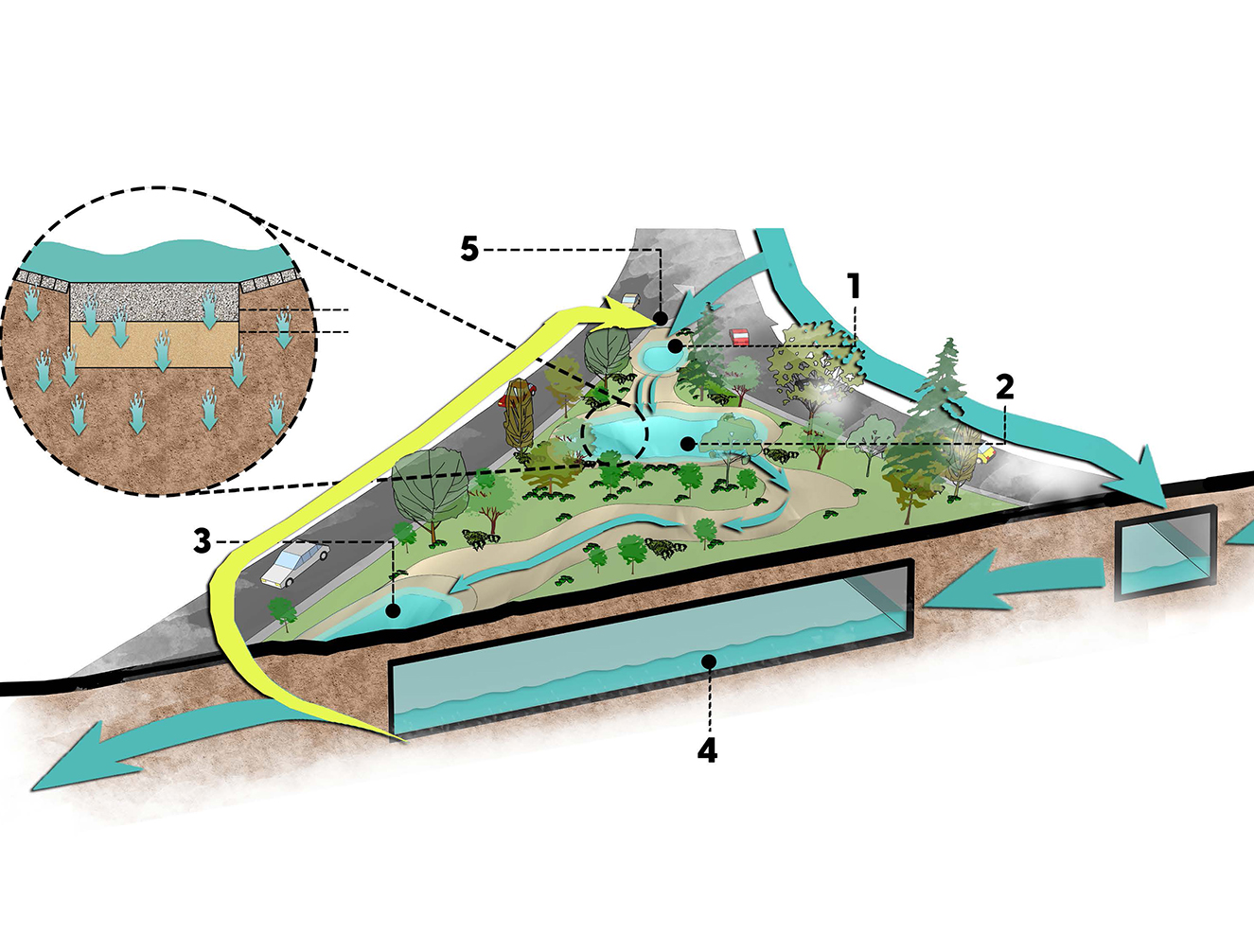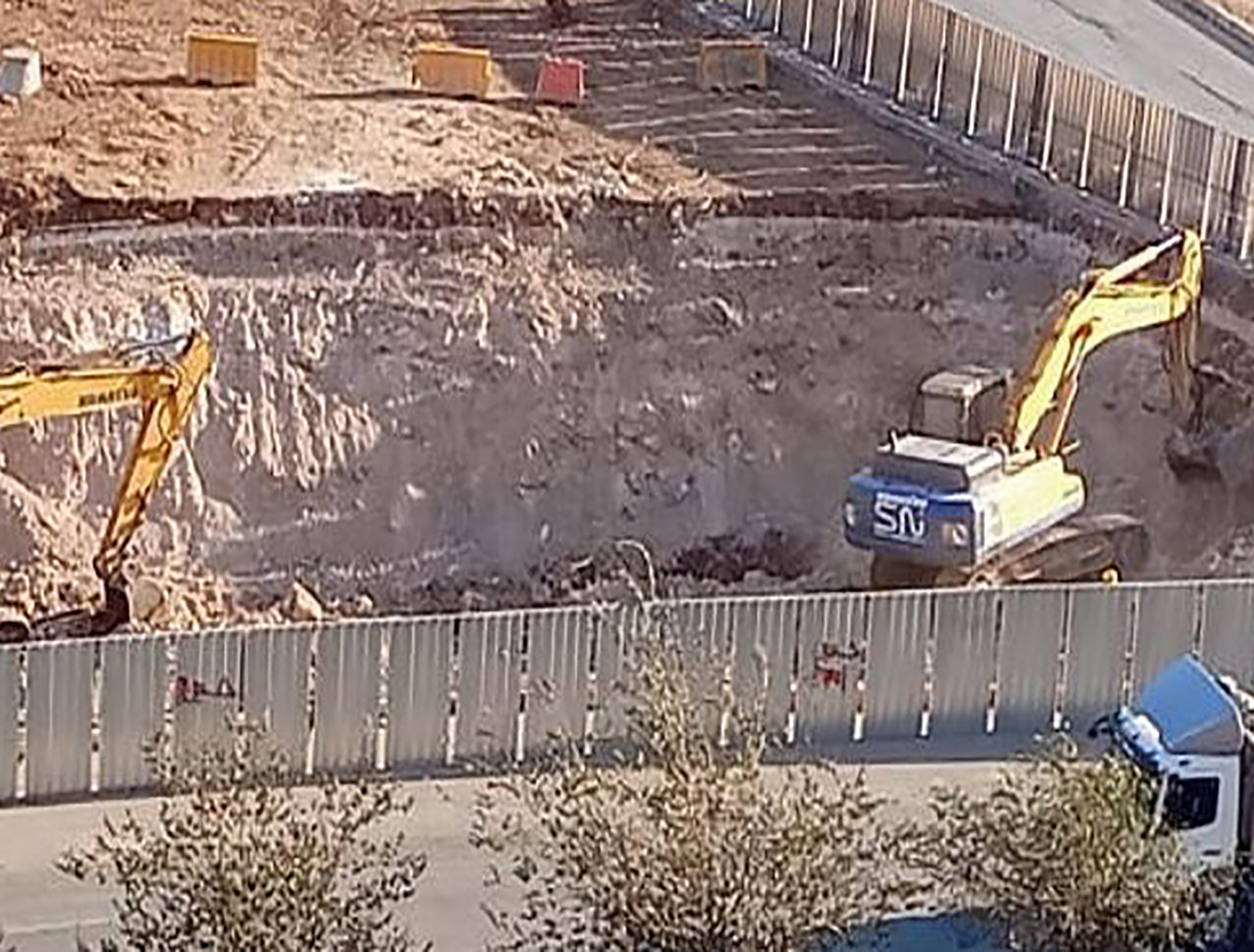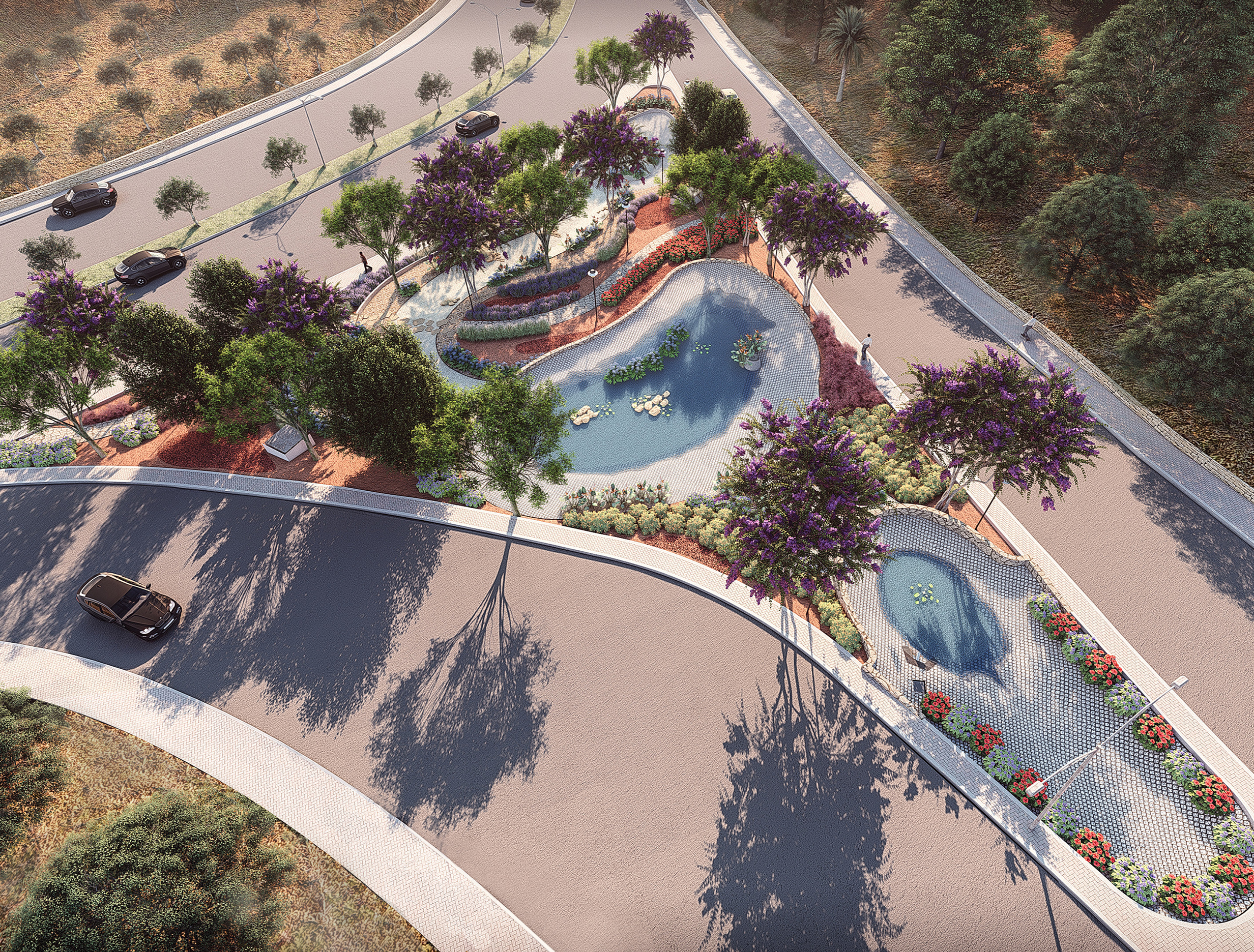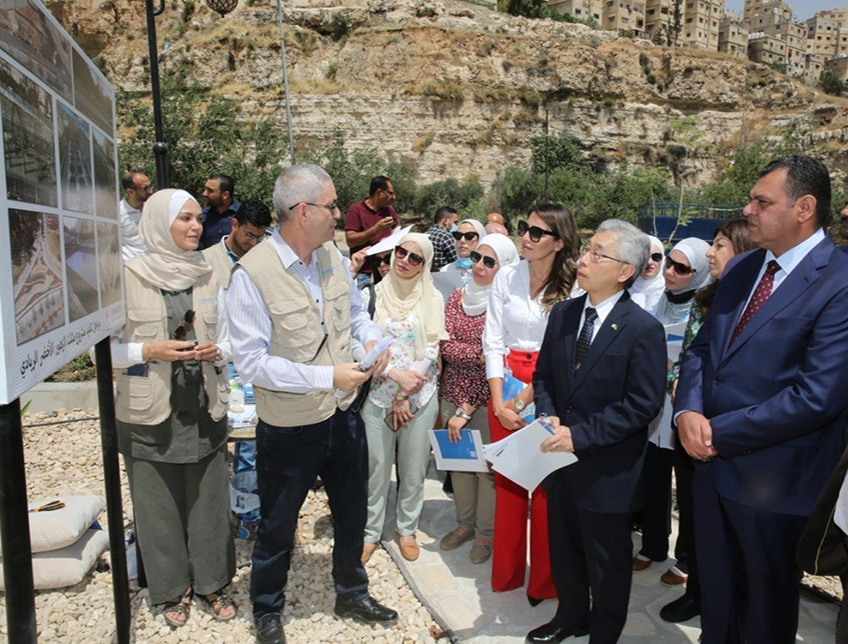
Close
responsive-lightbox domain was triggered too early. This is usually an indicator for some code in the plugin or theme running too early. Translations should be loaded at the init action or later. Please see Debugging in WordPress for more information. (This message was added in version 6.7.0.) in /home/kiju52ce/public_html/development/wp-includes/functions.php on line 6114updraftplus domain was triggered too early. This is usually an indicator for some code in the plugin or theme running too early. Translations should be loaded at the init action or later. Please see Debugging in WordPress for more information. (This message was added in version 6.7.0.) in /home/kiju52ce/public_html/development/wp-includes/functions.php on line 6114
Approach Words: Environment Preservation, Sustainability, Urban Livability
Public Policy Instruments: Physical Intervention, Planning
In response to the significant risk of flash floods in Amman, in 2019 UN-Habitat Jordan implemented the project “Strengthening the Social Stability and Resilience of Vulnerable Jordanian Communities and Syrian Refugees in Amman against Flash Floods”. The expected outcomes included improved protection of selected sites, reduced vulnerabilities of refugees and local communities, and enhanced capacities within government and communities in managing flash floods in the city1.
One of the research components of the project consisted of the “Flood Risk Assessment and Flood Hazard Mapping” study of Downtown Amman, which identified flood hotspots within the city, and propose short, medium, and long-term solutions to address the issue. The short-term solutions proposed installation of green stormwater infrastructure, the demonstration of which was done in the form of the Al Zohour Green Triangle.

Title: Diagrammatic representation of the infrastructure.
Source: Click Here

Title: Aerial view of Al Zohour Triangle during implementation.
Source: Click Here

Title: Rendered image of Al Zohour Triangle.
Source: Click Here

Title: Inaugurating Al Zohour Green Triangle pilot project.
Source: Click Here
This initiative serves as a pilot and demonstrator of how nature-based solutions and Sustainable Drainage Urban Systems approaches could represent efficient and concrete solutions. It seeks to mimic the way nature handles water; collecting it, purifying it, and then gently reintroducing it into the stormwater system. With potentially 120 other similar sites mapped by the project and where this innovative approach could be massively and easily replicated, the Al-Zohour Green Triangle is a blueprint for effective resilience in the face of floods.
It was implemented on an area covering 2,300 square meters, located at the intersection of Al Quds street and Bab Al Khalil street within the Al Zohour District of Amman. It follows the principles of a Sustainable Urban Drainage System (SUDS), and works through two primary systems, stormwater bioretention and stormwater detention. For stormwater bioretention, a series of bioretention and bioswale areas are designed that enhance ground permeability through vegetation cover and facilitate the natural water cycle. Stormwater detention is demonstrated through the installation of an underground water storage tank2.

Owner/Developer (Public)

Consultant/Designer

Funder

The project has 5 primary components:
The complete project was implemented UN Habitat Jordan in collaboration with the Greater Amman Municipality, between April 2020 and November 2022, with funds from the Japan Supplementary Budget of the fiscal year 2019. The Al Zohour pilot was launched in 2022, with a total implementation cost of $465,0003.
Project Link
https://unhabitat.org/sites/default/files/2023/05/230319_al_zohour_brochure_a5.pdf
Endnotes
N.A.
References